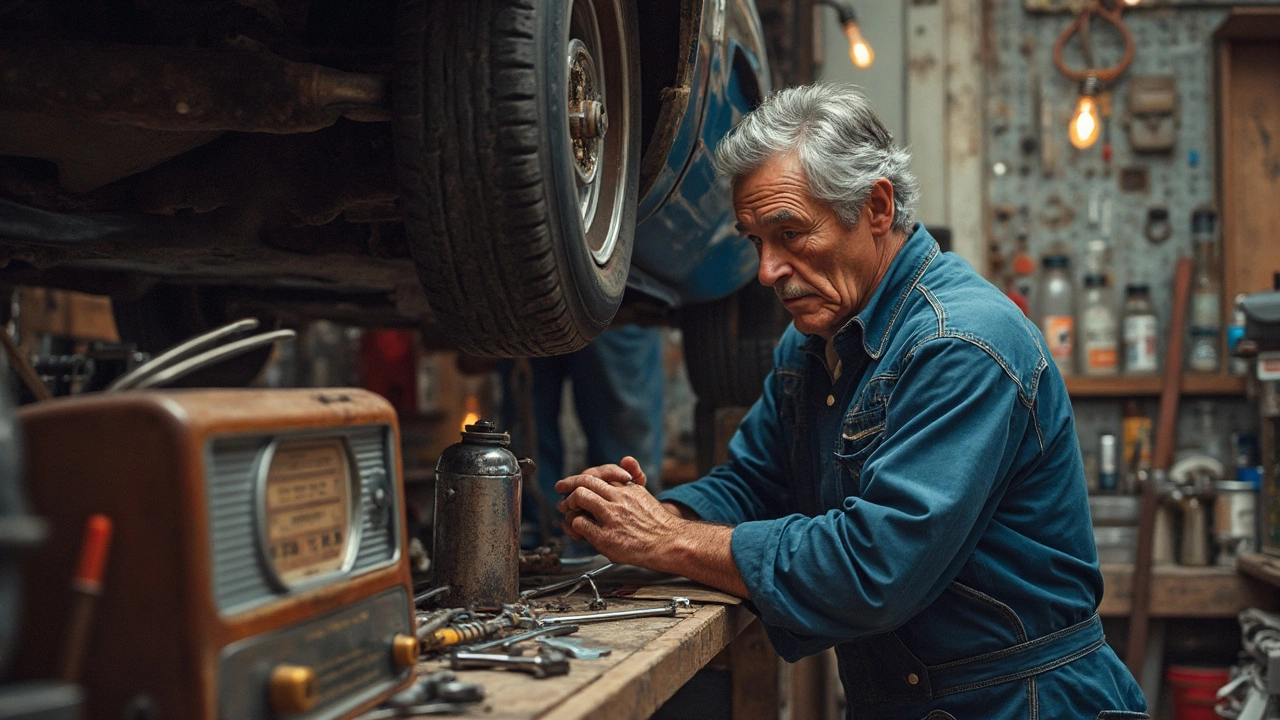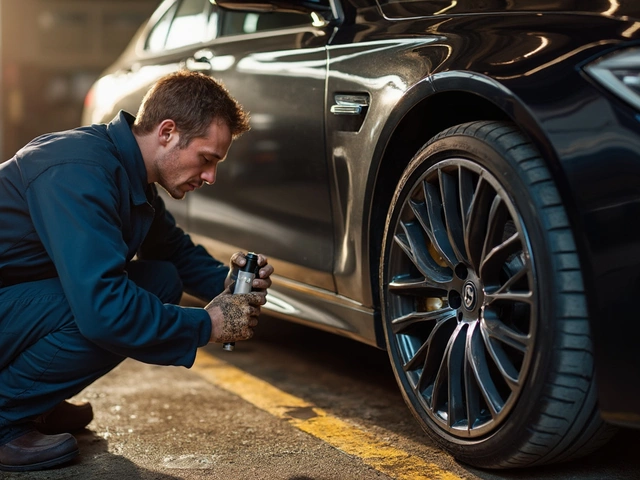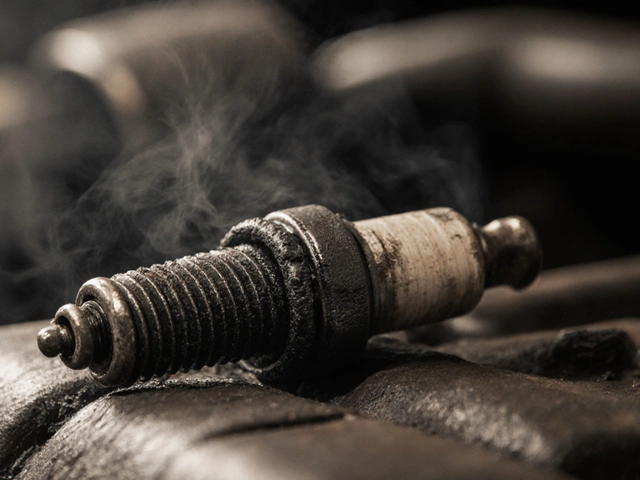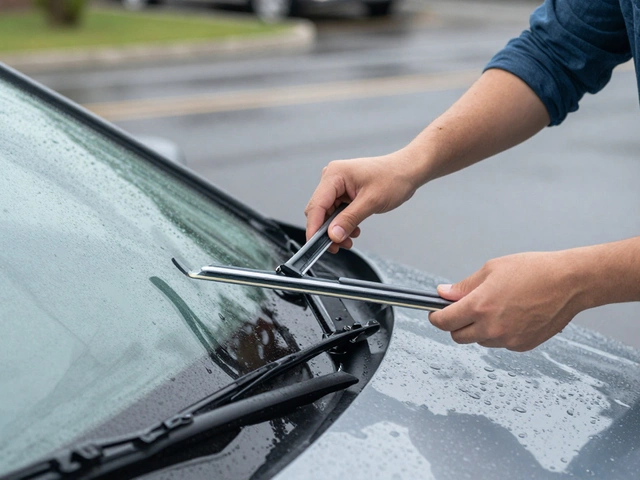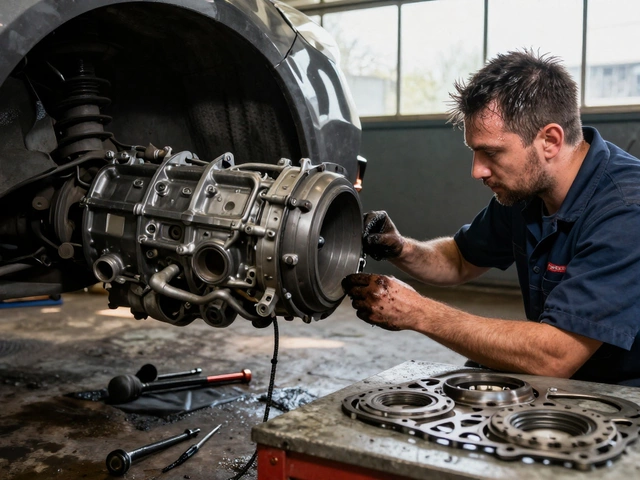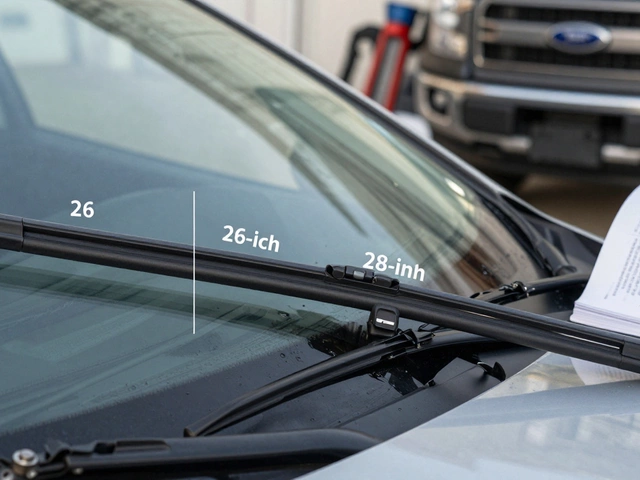Ever been stuck on the side of the road, and you think it’s the fuel, but your gauge reads half full? It might just be your fuel pump acting up. Before you rush to call for help, knowing if and how you can replace it yourself could save you time and money.
Replacing a fuel pump isn't as crazy complicated as it sounds, but it's not something you want to wing without proper prep. First off, let's talk about signs. Is your car sputtering? Does it have trouble starting? These are classic signs your fuel pump might be on its last legs.
A proper set of tools is your best friend here. You'll need basics like wrenches and screwdrivers, but depending on your car model, you might need a special sending unit tool. A little research on your specific vehicle goes a long way.
Finally, while DIY is great, sometimes calling a professional is worth every penny, especially if things start to look more complex than a weekend project. Don't hesitate to reach out if you're in over your head—better safe than sorry!
- Signs Your Fuel Pump Needs Replacement
- Tools and Preparation
- Step-by-Step Replacement Guide
- When to Call a Professional
Signs Your Fuel Pump Needs Replacement
Alright, let's get into it. Your car's being a troublemaker, and you're starting to think the culprit might be the fuel pump. Here's what you need to watch out for.
Sputtering Engine
Ever had your car feel like it's choking while you're driving? That's the engine sputtering, which usually kicks in when you're cruising along the road. It often points to a failing car fuel system. The pump might struggle to deliver enough fuel, causing these hiccups.
Start-up Trouble
Your car won't start, or it's taking forever to turn over. If the battery's not the problem, the fuel pump could be the issue. When it doesn't pump the fuel properly during ignition, that engine's going to have a hard time waking up.
Power Loss Under Stress
Does your car act weak when you're trying to speed up or take a hill? That might be the pump failing to keep up with fuel demand. A healthy pump should step up, delivering more fuel as needed.
Frequent Stalls
Random stalling while driving is not only annoying, but also dangerous. If your car stalls and it's not the weather or some obvious issue, the pump not keeping the supply steady could be why.
Weird Noises from the Fuel Tank
Hear a whining noise from the tank? That's not a normal sound. A worn-out pump can make these odd noises when it's beginning to die out.
Experiencing any of these? You might want to check things out sooner rather than later. Sure, it could be something else, but a proactive approach never hurts. Ignoring these signs can leave you stranded or even mess up other parts of your car.
Tools and Preparation
Jumping into replacing a fuel pump without the right gear is like trying to cook without a pan. It just won’t work. So, let's start with what's key for success.
Gather Your Gear
Here’s what you’ll need to get started. You don't need high-end stuff, but having these basic tools will make the job a whole lot smoother:
- Socket wrench set: This'll help you get those bolts and nuts off—and back on—without a struggle.
- Screwdrivers: Phillips and flathead, of course. You never know what you'll come across.
- Safety goggles and gloves: Better safe than sorry. You’re dealing with fuel and sharp tools here.
- Multimeter: Useful for checking if current is reaching the pump.
- Fuel line disconnect tool: Some vehicles might need this. Check your car’s manual just to be sure.
Plan Your Workspace
A good location is your garage or a flat driveway. Make sure it’s ventilated to avoid any fuel system fumes lingering around. Lay down some old sheets or a tarp to catch any drips or spills. It’ll save you time on cleaning.
Prep the Car
- Depressurize the fuel system: Check if your car has a pressure release valve or if you need to run the engine with the fuel pump relay disconnected.
- Disconnect the battery: You're dealing with the car fuel system, so disconnecting the battery is crucial to avoid any shocks.
- Clear your workspace: Get rid of any unnecessary items around your work area. You’ll want easy access to your tools and the car parts.
Taking these steps might take a bit of time upfront, but believe me, it’ll make the process way easier and safer. Plus, being prepared is half the battle won!

Step-by-Step Replacement Guide
So, you’ve decided to roll up your sleeves and replace your car's fuel pump on your own. Let’s walk through the process to make things as smooth as possible. Trust me, taking it step by step will keep your stress levels in check.
1. Disconnect the Battery
Your first move should always be to cut off the power. Disconnecting the battery ensures you won’t get zapped in the process. Plus, it’s a good safety measure whenever working with a vehicle’s electrical components.
2. Access the Fuel Pump
This step varies by car model. In many vehicles, the fuel pump is accessible via the back seat or the trunk. Some models might require you to lower the fuel tank. Check your car's manual for the specifics.
3. Relieve the Fuel System Pressure
Popping the gas cap is a great start, but you may need to use the pressure release valve on your fuel system. Letting out the pressure helps avoid a messy fuel spill.
4. Remove the Old Fuel Pump
- Disconnect the fuel lines carefully, as these can be tricky and sometimes pressurized.
- Remove the electrical connectors. Be gentle here to avoid breaking any clips.
- Loosen the retaining ring or screws holding the pump in place.
- Lift out the old pump. Have a rag handy to clean up residual fuel.
5. Install the New Fuel Pump
- Place the new pump where the old one was and secure it with the retaining ring or screws.
- Reconnect the fuel lines and electrical connectors, ensuring everything is tight and secure.
- Double-check your connection points to make sure there are no leaks.
6. Test It Out
Reconnect the battery and turn the key to the “on” position without starting the engine. This primes the fuel pump and lets you check for leaks. If everything is dry, fire up the engine and see how she runs.
And there you have it—the basics to swap out your fuel pump. It’s not an impossible challenge, but it does require patience. Good luck, and happy wrenching!
When to Call a Professional
If you're considering tackling a fuel pump replacement yet find yourself hesitating, you're not alone. It's crucial to recognize when it's time to hand things over to the experts. After all, a botched job can lead to more significant issues down the road, not to mention safety concerns.
Complexity Beyond Your Know-How
Every vehicle is a little different, and some are downright tricky. If your car model requires dropping the fuel tank for access, and you're not comfortable with that, it's a clear sign you should consult a pro. Dropping a heavy tank demands precision and strength.
Sourcing and Installing Parts
Another factor is getting the right parts. Not all fuel pumps are created equal, and mismatches can cause further problems. A professional mechanic can ensure your vehicle gets the exact match it needs, which can save time and future hassles.
"Tackling fuel system issues can be intimidating without the right knowledge and tools," says renowned mechanic, Joe Martinez. "Sometimes it’s best left to professionals who do this day in and day out."
Time and Tools
Let's face it, not everyone has hours to spare or a full toolbox ready to go. Professionals bring efficiency to the table, often completing a job in much less time than it would take an enthusiastic but novice DIYer. They're also equipped with specialized tools that might not be worth purchasing for a one-off job.
Safety First
Fuel systems can be dangerous, thanks to the flammable nature of fuel. If you’re not 100% sure about safely releasing fuel pressure and dealing with potential leaks, it's time to get help. Safety should always be your top priority.
So if any of this sounds familiar, don’t feel bad about calling a mechanic. It's a smart move that can save you from bigger headaches later on!
